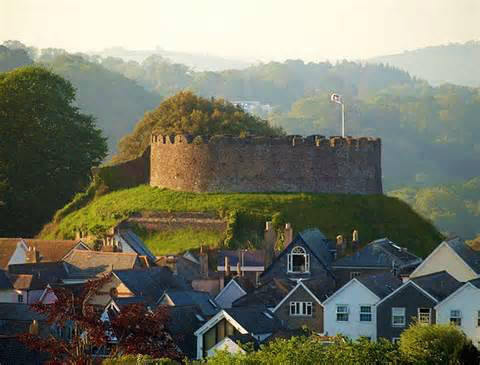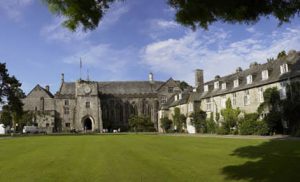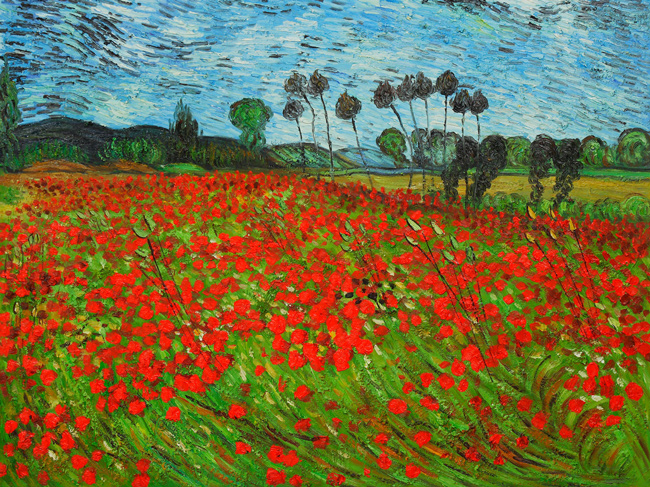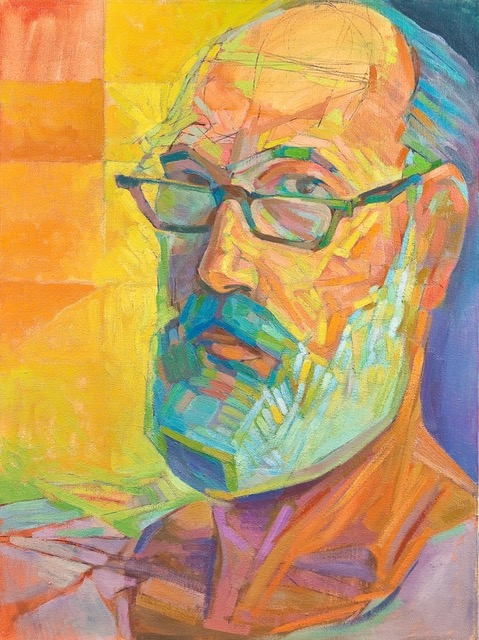We then went to Totnes, which was a small tourist town in the southwest of England. We sent Cathy to a private school there called Dartington Hall.
She was with a bunch of aristocratic children, and is still in touch with friends she made there. The campus was absolutely marvelous. It is sad that it has since closed.

When Cathy visits her mother in Totnes, she has on occasion gone back to visit the campus. In her portfolio, she has photographs of the unused spaces full of cobwebs and memorabilia that make a rather poignant photo essay.
To learn more, go to the Totnes Information Center.
We still saw the Ghandhis. They lived along the River Dart just up the road from us, where they bought a small property — they no longer wanted to take care of a large estate. They would come once a month for tea but they weren’t coming for us; they came to walk through the garden to which they had devoted so much time and love. We took pleasure in their visits. They were very charming and they really enjoyed Cathy.
Cathy made all kinds of friends. Just beyond our leat at the bottom of the garden was Dart Moor, an untamed wild heath, and a river going into an area called Hembury Park. We used to go to a tiny village called Holme and have a Devon tea on a weekend. Frequently, when we would go there, an elderly couple would be sitting in the back of the café. Cathy approached them one day and said, “Who are you? My name is Catherine.” They said, “Please sit down,” and the three of them became fast friends. They delighted in Cathy and how outgoing, interesting and confident she was. They, too, had a daughter who had been a redhead. Their daughter was the head of exhibits design at Victoria Albert Museum in London; a very highly placed designer. Because of Cathy’s friendship with Lady and Lord Simon, we got to meet their daughter. Lord Simon was the head of the London Port Authority. Because London was among the largest and busiest ports in the world, it was a very important position to hold. He was given the job on the basis of his skill, not because he was Lord Simon.
We used to go to their parties and waited until everyone would go home. Lord Simon would then roll up his sleeves and sit on the floor with us. Lady Simon would pull out some of the memorabilia that she loved to talk about. We became very dear friends. Lady Simon, year-round, swam outdoors. She had a racing pool. You got in it and turned on the motor and you were fighting a current to swim in place. She was an eccentric lady. Everything in the house was white: the rugs, the dog, the furniture, everything. She and her husband wore white except for his black shoes.



